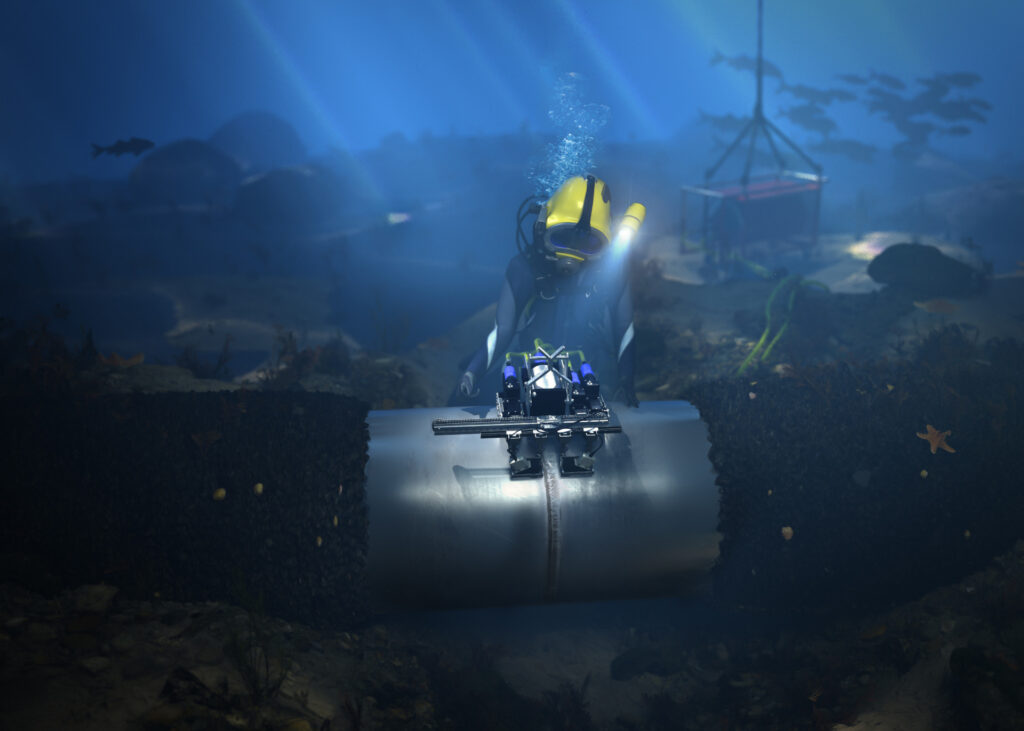General – Ultrasound Scanner
FORCE Technology has introduced a new generation of its field-proven P-Scan ultrasound scanner for subsea inspections.

Setting new standards for modularity, P-Scan 5 is now even easier to configure for a wider range of geometries and asset integrity applications, including regular inspection of submerged pipelines, flowlines, subsea templates, manifolds and offshore wind turbine subsea structures.
Already a highly flexible system, P-Scan 5’s extended modular platform now enables FORCE Technology’s advanced inspection teams to acquire data from previously inaccessible parts of compact subsea infrastructure that feature the tightest, most inaccessible geometry.
Whether deployed by divers or remotely operated vehicle (ROV), FORCE Technology can now deliver more complete reports on a submerged structure’s condition, based on data acquired by the latest generation phased-array scanning featured in P-Scan 5. Improved data quality and classification also pave the way to using Artificial Intelligence and Machine Learning for data analysis and interpretation, helping to optimise the reporting workflow.
The new generation P-Scan system for subsea scanning features proven ideas and capabilities from FORCE Technology’s advanced P-Scan system for wind turbine blades, and as such, is prepared for more digital modes of operation expected to become mainstream in the subsea inspection sector going forward, including process automation functions, automated reports and remote control.
“Our subsea business inspects underwater structures and pipelines, condition-checking them for dimensions, corrosion cracking and deformation, and while the P-Scan system is regarded as one of the most reliable systems in the world, the recent upgrades also confirm that it is the most agile and flexible,” said Ole Nørrekær Mortensen, Senior Project Manager, Advanced Inspection, FORCE Technology.
“With advanced modularity we can quickly and easily build systems for the biggest or smallest structures using the same familiar and trustworthy technology platform, meaning we can unlock access to areas that have never been scanned before, and better match any kind of geometry for faster inspections in general,” adds Mortensen.
